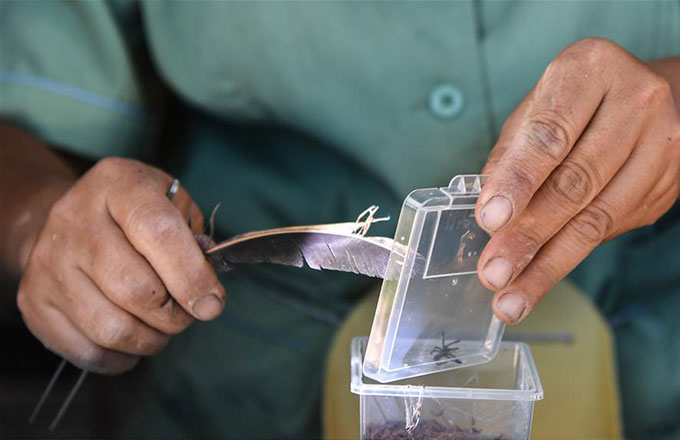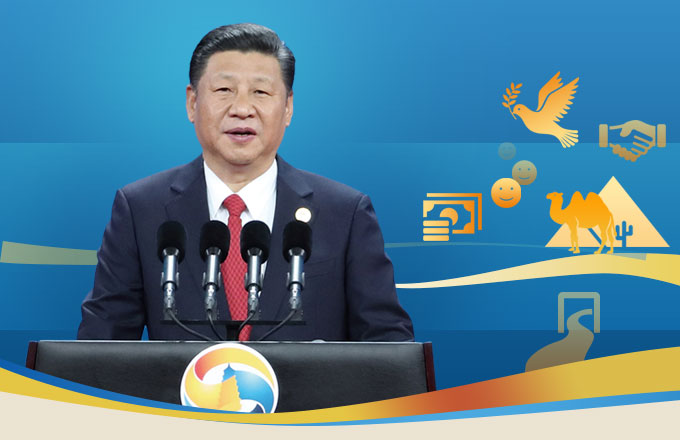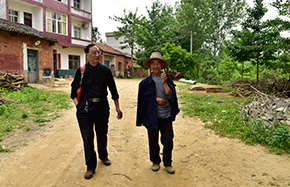General practitioner plan set to meet rising demand in china
Move aimed to ease shortage and facilitate community residents
China plans to train more than 150,000 general practitioners by 2020 to better cope with a national shortage, according to a document issued by the National Health and Family Planning Commission on May 16.
The goal was part of the 13th Five-Year National Health Personnel Development Plan (2016-20).
China's measures in training general practitioners started in 2011, when the State Council, the Cabinet, issued a document on establishing a general practitioners' training system nationwide.
Efforts in recent years in developing general practitioners are in line with government plans to develop medical consortiums connecting well-equipped hospitals and small clinics, to ensure a more balanced and proper distribution of medical resources.
The country is to extend trials for tiered diagnosis and treatment models and a contract-based family doctor system to cover over 85 percent of prefectural-level cities nationwide, as Premier Li Keqiang said in his government work report for 2017 in March.
"The term general practitioner is still very unfamiliar for most people in China," said Qi Xuejin, deputy secretary at the Chinese Medical Doctor Association, who has been focusing in developing general practitioners for some time. "For most Chinese, a family doctor is something much easier to understand."
Qi explained that general practitioners are doctors who are qualified to treat acute illnesses as well as different types of illness at an early stage of development, before patients are further transferred to a particular specialist.
He said that at present general practitioners in most areas exist in grassroots levels such as community clinics as well as county-level or town-level clinics in rural China.
The new plan from the NHFPC stressed that more efforts will be centered on training general practitioners for less-developed central and western regions as well as rural and grassroots areas.
"These clinics have to be equipped with general practitioners because most rural areas do not really have a hospital with a specialty department. And part of the reason to train more general practitioners is to offer grassroots-level clinics better medical services," Qi said.
He said that for urban residents, general practitioners are like a contract-based family doctor working at community clinics, enabling nearby residents to get medical services instead of turning to big hospitals.
"It will help save a huge amount of time for both patients and doctors," he added.
NHFPC figures show that as of 2015, there were 189,000 general practitioners in China, accounting for only 6.2 percent of the total number of doctors.
This means one practitioner for every 10,000 citizens.
"In some developed countries, such as the UK, the number of general practitioners is 50 percent of the country's registered doctors, and such a ratio properly meets medical demand from the public," Qi said, adding that China still has a long way to go.
Comparatively low payments are what make medical students reluctant to work as general practitioners, compared to a hospital-based specialist, Qi added.
Many medical schools in China now provide another three years of comprehensive training after graduation, which is an option for students graduating from one specific specialty to become a general practitioner.
With China's efforts in developing tiered diagnosis and treatment models, they will be working in hospitals as the first entry of diagnosis for common medical consultancies, Qi said.
He stressed that this training needs to be enhanced and regulated.
"General practitioners work as the first diagnosis for all illnesses. It requires comprehensive and grounded knowledge to make a correct diagnosis, and to prevent unnecessary tests for the patients," he said.
For 34-year-old Li Yunqi, mother of two, who settled in Beijing in 2011, more and better trained general practitioners are undoubtedly good news.
With one daughter, 6, and another 4, Li said running to hospitals has become a constant headache.
"My husband and I lived in London for one year in 2013, where we had a family doctor for all medical checkups such as colds or a sore throat, and we miss life with a family doctor there," she said. "In Beijing, now I have to line up at least half an hour in the hospital if I need to see the doctor."
She said she is willing to turn to general clinics for consultancy, but "only if the general practitioners there are as equally well-trained as those in big hospitals".






















